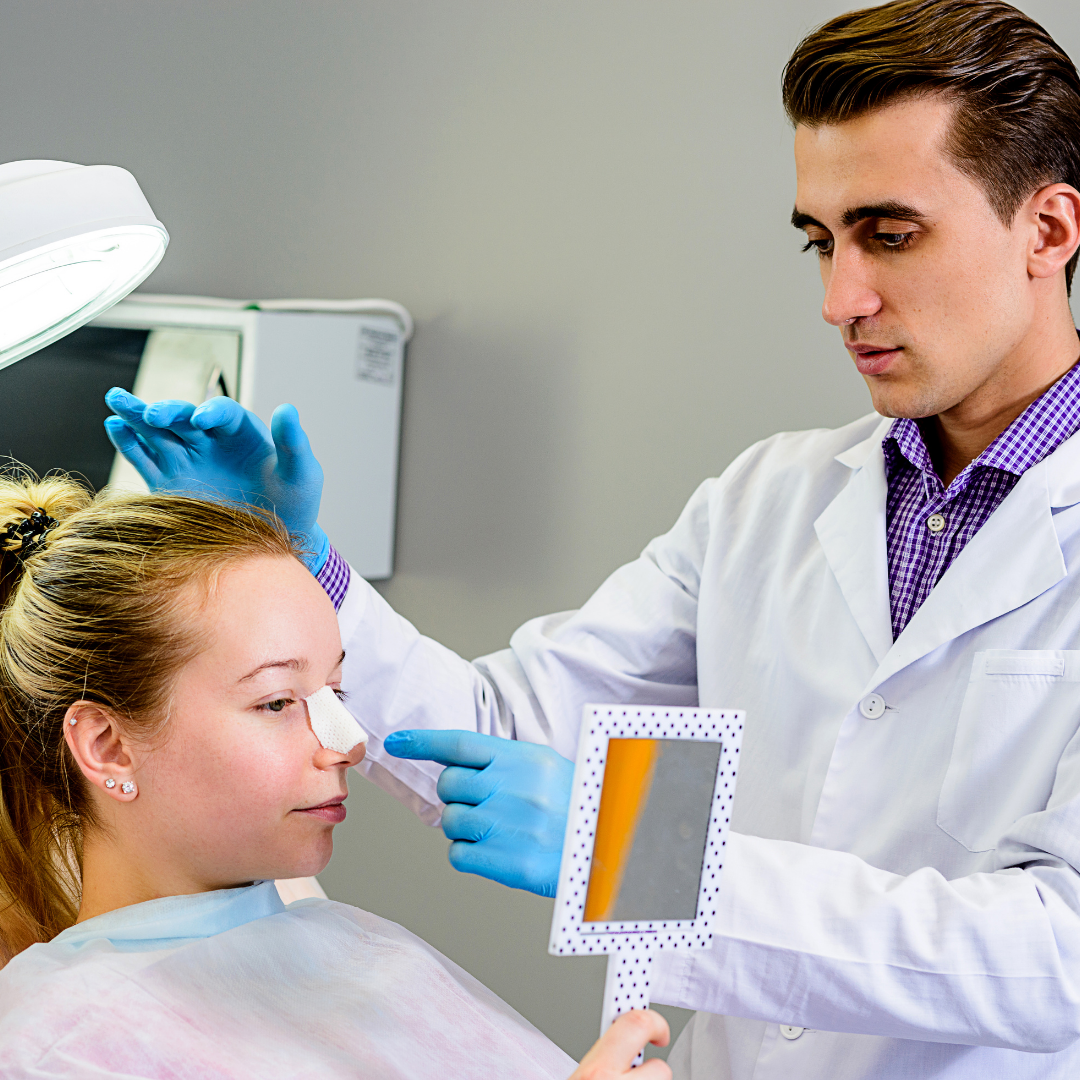Everything You Need to Know About the Rhinoplasty & Nose Reshaping?
If you’re considering getting a nose job, or rhinoplasty, it’s essential to do your research and understand all involved in the procedure. Here’s everything you need to know about the rhinoplasty process, from consultation to recovery.
A Rhinoplasty is a cosmetic surgery procedure that alters the shape of the nose. It can be performed for medical reasons, such as to correct congenital disabilities or respiratory problems, or purely aesthetic reasons.
There are two types of rhinoplasty: open and closed. In an open rhinoplasty, the surgeon makes an incision in the Columella, the strip of tissue separating the nostrils. This allows them to have a clear view of the inside of the nose and make any necessary changes. All incisions are made inside the nose in closed rhinoplasty, so there are no visible scars.
Rhinoplasty can be used to change the following features of the nose:
-Nose size, in terms of both width and height
-Nose profile, such as the bridge or the tip
-Nostril size and shape
-The angle between the nose and the upper lip
What Is the Rhinoplasty Procedure?
Rhinoplasty is usually performed under general anesthesia. During the procedure, your surgeon will make incisions inside the nostrils or across the Columella (the tissue strip separating the nostrils). Through these incisions, your surgeon will access the bones and cartilage of the nose to make any necessary adjustments.
After sculpting the desired shape of the nose, your surgeon will close the incisions with fine sutures. A splint will be placed on the outside of your nose to help support it during healing. Nasal packing may also be used to prevent bleeding and promote healing.
You can expect some swelling and bruising around the eyes after surgery. These side effects will gradually improve over a few weeks. It may take several months for your final results to become apparent.
Pre and post surgery :
The first step in getting rhinoplasty is to consult with a surgeon. During the consultation, the surgeon will examine your nose and face and ask you about your goals for the surgery. Be prepared to answer questions about your medical history and why you want to have the surgery. Once you’ve decided to go ahead with the surgery, the next step is to prepare for it. This includes getting lab tests and a physical examination.
After the surgery, you’ll need to wear a splint on your nose for about a week. You may also have some bruising and swelling, which usually disappear after a few weeks. Recovery from rhinoplasty can take several months, but most people see a noticeable difference in the shape of their nose within a few weeks.
How Can I Find a Qualified Rhinoplasty Surgeon??
Choosing a qualified rhinoplasty surgeon is vital to ensure a successful outcome. Look for a facial plastic surgeon with extensive experience performing rhinoplasty and other cosmetic surgery procedures. When you are getting a rhinoplasty (nose job) performed by Dr. Antunes, you can ask to see before-and-after photos of the patients and discuss your goals for surgery during your consultation.
It’s also essential to ensure that your surgeon is certified by the American Board of Facial Plastic and Reconstructive Surgery. This certification indicates that the surgeon has undergone specialized training.
What Are the Potential Complications of Rhinoplasty?
Rhinoplasty is generally safe when performed by a qualified facial plastic surgeon. However, as with any surgery, there are certain risks and potential complications associated with the procedure. These can include:
-Bleeding
-Nerve damage
-Scarring
-Unsatisfactory results
Before having rhinoplasty, discuss these risks in detail with your surgeon.
Final takeaway :
If you’re considering rhinoplasty, schedule a consultation with an experienced facial plastic surgeon today. Together, you can develop a treatment plan that meets your individual needs and expectations.



